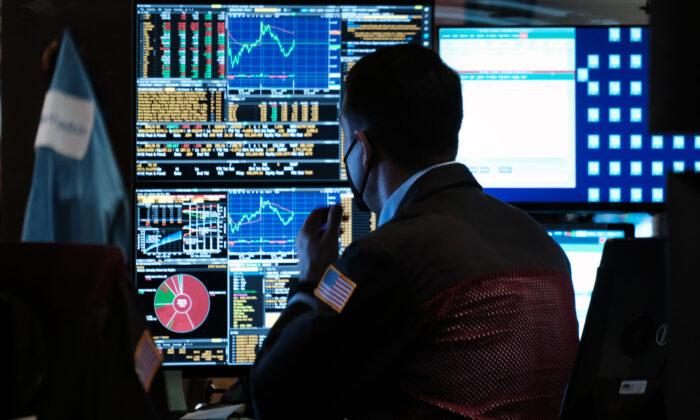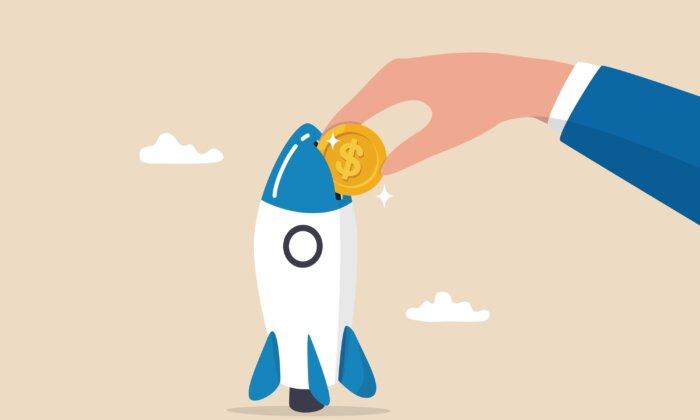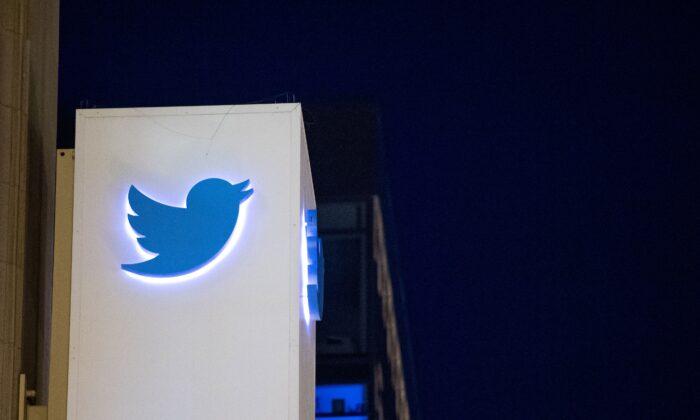The SPDR S&P 500 ETF Trust rallied 1.5 percent on Wednesday as earnings reports from Visa Inc., Alphabet Inc., and others reassured investors the U.S. consumer remains strong. Yet the second-quarter earnings season has been a mixed bag up to this point, and the Federal Reserve announced on Wednesday that it will raise interest rates by at least another 0.75 percent.
Case for a Bear Market Rallybear market
On Wednesday, Merk analyst Nick Reece said the last month of trading action looks like nothing more than a textbook rally at this point.“The market very well may make new lows, particularly if the economy slips into recession later this year or early next year. For now, the path of least resistance is probably lower,” Reece said.
The good news for long-term investors is the S&P 500 is likely more than halfway to finding its 2022 bottom, and there’s likely more upside than downside for stock prices for investors with a multiyear horizon, he said.
Reece said risk is skewed to the downside in the near-term, but skewed to the upside in the medium and long-term.






Friends Read Free